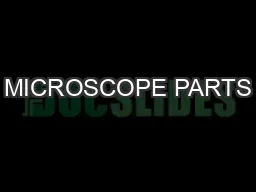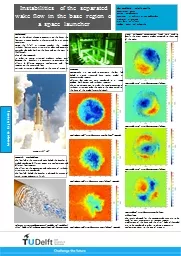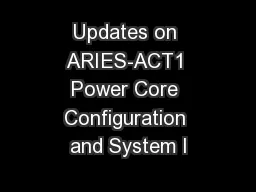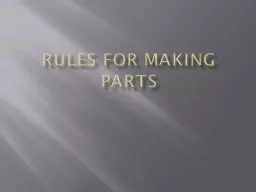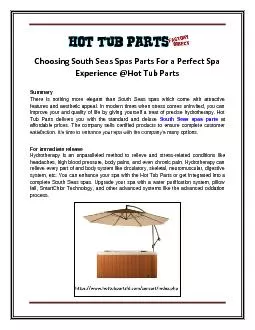PPT-2 LAUNCHER BASE PARTS
Author : jane-oiler | Published Date : 2016-10-14
A B C D E F G 3 ASSEMBLING THE LAUNCHER BASE Slide that dowel end into the corner hole of the hole plate as shown Attach the other perpendicular adaptor to the other
Presentation Embed Code
Download Presentation
Download Presentation The PPT/PDF document "2 LAUNCHER BASE PARTS" is the property of its rightful owner. Permission is granted to download and print the materials on this website for personal, non-commercial use only, and to display it on your personal computer provided you do not modify the materials and that you retain all copyright notices contained in the materials. By downloading content from our website, you accept the terms of this agreement.
2 LAUNCHER BASE PARTS: Transcript
Download Rules Of Document
"2 LAUNCHER BASE PARTS"The content belongs to its owner. You may download and print it for personal use, without modification, and keep all copyright notices. By downloading, you agree to these terms.
Related Documents







